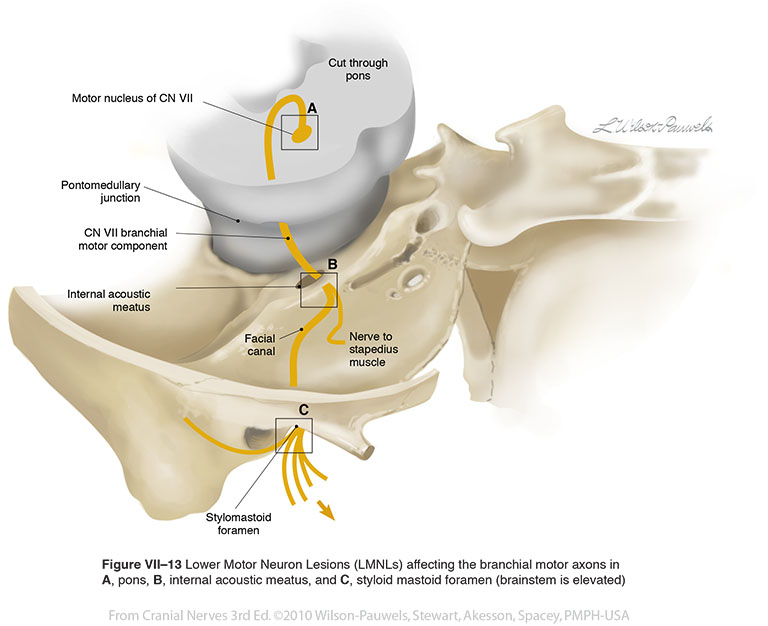

sphenoid, temporal, and parietal (s) Of the following features, which is NOT visible on a sagittal view of the skull? External acoustic (auditory) meatus. Bones that form the middle cranial fossa include the _. The lamboid suture is found between which two bones? Parietal and occipital bones. Art-labeling Activity: Bones and Landmarks of the Skull (posterior view) Res External occipital protuberance Superior nuchal. Compact bones are arranged as concentric lamellar pattern. All bones in our body contains both as well as compact bones. All bones contains both combat and spongy bones. Reset Help Frontal bone Parietal bone Sphenold bone Temporal bone Occipital bone Ethmoid bone Palatine bone Lacrimal bone Nasal bones Zygomatio bone Interior nasal concha Vomer bono Maxilla Mandible 000000 DID Excercise 7 The correct answer is option c. Reset Help Frontal bone Parietal bone Sphenold bone Temporal bone Occipital bone Ethmoid bone Palatine bone Lacrimal bone Nasal bones Zygomatio bone Interior nasal concha Vomer bono Maxilla Mandible 000000 DIDQuestion: Art-Labeling Activity: External view of the skull Drag the appropriate labels to their respective targets. Question: Art-Labeling Activity: External view of the skull Drag the appropriate labels to their respective targets. (b) The complex floor of the cranial cavity is formed by the frontal, ethmoid, sphenoid, temporal, and occipital bones. (a) The hard palate is formed anteriorly by the palatine processes of the maxilla bones and posteriorly by the horizontal plate of the palatine bones. External and Internal Views of Base of Skull. Art labeling Activity: Figure 6.9a Drag the appropriate labels to their respective targets. Osteons They are cylindrical structures which contains mineral matrix and living osteocytes connected by canaliculi that transport blood Spongy bone They are also known as cancellous bone or trabecular bone. We are now going to discuss the anatomy and important features of each cranial bone in the order of the mnemonic. This mnemonic not only helps you remember the cranial bone names, but also that there are 8 cranial bones (osseous parts) that form the skull. The = Temporal Bones (2) Skull = Sphenoid Bone.

Structure descriptions were written by Levi Gadye and Alexis Wnuk and Jane Roskams. This interactive brain model is powered by the Wellcome Trust and developed by Matt Wimsatt and Jack Simpson reviewed by John Morrison, Patrick Hof, and Edward Lein. Drag the labels onto the diagram to identify the bones of the adult skull, lateral view Reset Help Parietal bone Frontal bone Supraorbital foramen Mental foramen Sphenoid Temporal bone Zygomatic bone Lacrimal bone Occipital bone Ethmoid. Transcribed Image Text: A Content e MasteringAandP: Chapte pter 8 Quiz: Overview of the Skeleton - Classification and Structure of Bones and Cartilages - Attempt 1 cise 8 Review Sheet Art-labeling Activity 2 Part A Drag the labels onto the diagram to identify the structures of an osteon.Expert Answer. The _ process of the temporal bone is the attachment site for muscles of the tongue and pharynx, and is also the site of attachment for a ligament that connects the skull to the. Drag the appropriate labels to their respective targets. Match these root words to their meanings.


 0 kommentar(er)
0 kommentar(er)
